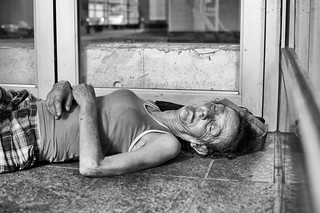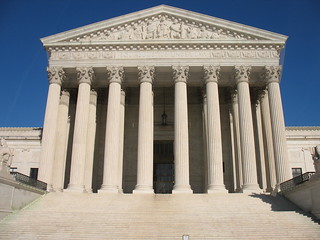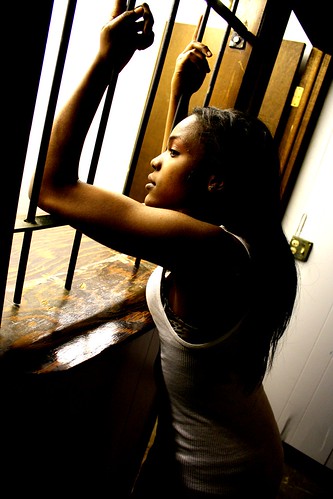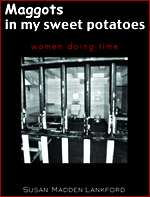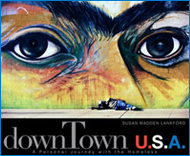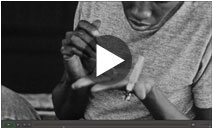 As the news-cycle prepares for the adrenalin surge that is Presidential campaign season we are going to see a lot of items concerning social justice and budget concerns. Starting this week we are going to provide a weekly survey of some of the most pertinent ones.
As the news-cycle prepares for the adrenalin surge that is Presidential campaign season we are going to see a lot of items concerning social justice and budget concerns. Starting this week we are going to provide a weekly survey of some of the most pertinent ones.
This week let’s start off with the state of Florida, where there has been a lot of brouhaha about cost shifting from the state to the counties in their justice system. Tuesday an administrative law judge ruled that the shift in juvenile-detention costs from the Florida Department of Juvenile Justice to the state’s counties was improper. Since literally millions of dollars are involved and officials at both levels are trying to enact as many budget cuts as possible, this is no small case. Jim Saunders at The Palm Beach Post has more details – Judge: Florida improperly shifted juvenile-detention costs to counties.
In Georgia it looks like an overhaul of the juvenile justice system may be ready for prime time as soon as next January. Georgia has been crafting a comprehensive bill to reform their ailing juvenile justice system for almost five years now. Most of the provisions proposed, and hopefully to be kept in the final version, are geared toward providing upgraded intervention and rehabilitation options for children. Maggie Lee at the Juvenile Justice Information Exchange notes the new life being breathed into the effort:
A juvenile justice subcommittee will be formed soon out of the Special Council on Criminal Justice Reform, a blue-ribbon panel appointed by Gov. Nathan Deal to study adult and child justice codes. The full committee held its first meeting July16, where it heard a background briefing from the Pew Center on the States about juvenile justice in other states. The subcommittee will build on at least five years of work that ended in House Bill 641, a bill that died in the legislature in March.
A final version is expected in January, with luck.
Our next stop is the state of Iowa. It is there that Iowa Gov. Terry Branstad has defied the spirit of a recent Supreme Court ruling by imposing blanket sentencing on a group of juvenile offenders who had been sentenced to life without parole. The Supreme Court ruled that “one size fits all justice” does nothing of the sort, and Branstad’s ruling commuted the sentences of 38 juvenile offenders to 60-year terms before the possibility of parole. This blanket ruling completely ignores the Supreme Court stance that offenders must be held accountable individually, not collectively. The Editorial Staff of The Quad City Times takes a closer look at this issue – All Iowa juvenile offenders are not created equal.
The last stop on our tour is our blogger’s home state of Louisiana, a state constantly embroiled in scandal over the state of it’s justice system (among other things). The Louisiana Office of Juvenile Justice is in an uproar as administrators examine their hiring and training practices. The reason for this renewed scrutiny: two escapes from Jetson Center for Youth that have, so far, cost four people their jobs and led to three more being placed on administrative leave. Daron Brown, Jetson’s director, is one of those.
Kimberly Vetter at the Baton Rouge Advocate covers this issue in depth, including a look at the actions of Louisiana Juvenile Justice Project. (You might remember our own interview with executive director Dana Kaplan a few months ago.)
Dana Kaplan, executive director of the Juvenile Justice Project of Louisiana, said it is clear that improvements need to be made in the way that juveniles in secure care facilities in Louisiana are being treated.
Kaplan’s organization recently joined Families and Friends of Louisiana’s Incarcerated Children in filing a federal lawsuit against the state. The lawsuit alleges that some juveniles in state custody have been denied access to legal counsel. The lawsuit also alleges that some juveniles have suffered abuse inside the facilities.
So that is this week’s update! Your comments and thoughts are always welcome!
Related articles
- Judge: Nassau, other counties billed too much to jail juveniles (jacksonville.com)
- LIttle Girls in Solitary (humaneexposures.com)
- Georgia governor tells group entire juvenile justice system up for overhaul (jacksonville.com)
- Youth rehabilitation centers in Florida under scrutiny (iwatchnews.org)
- Despite SCOTUS Decision Problems Still Loom (humaneexposures.com)



